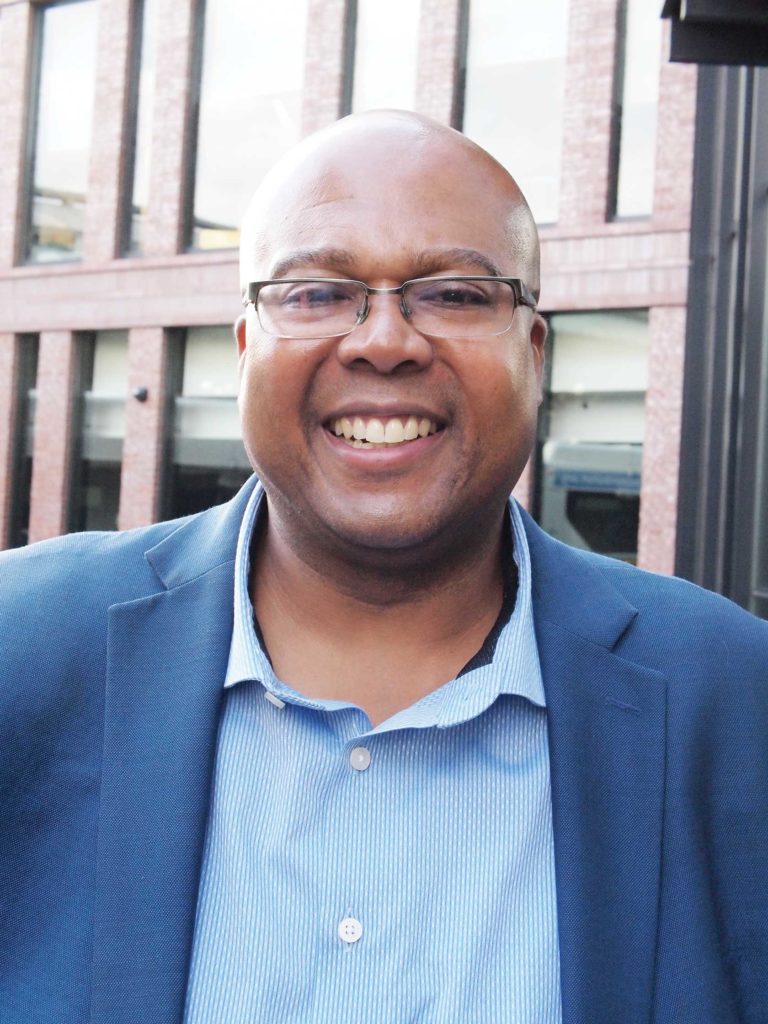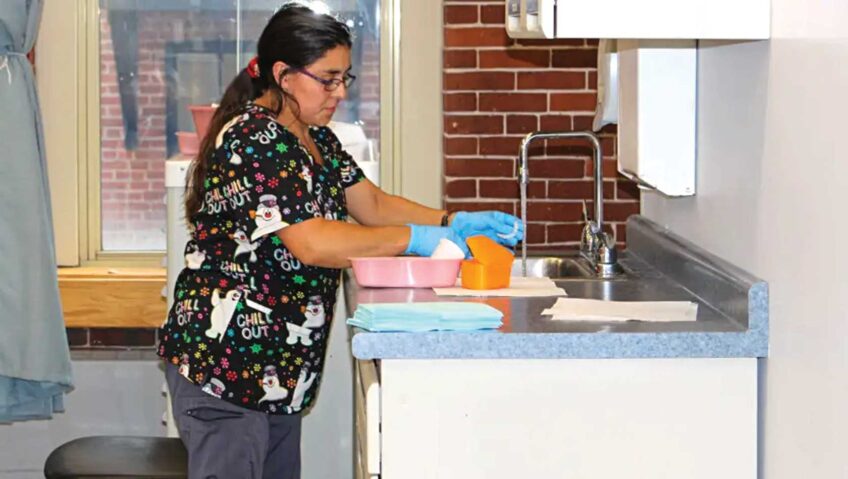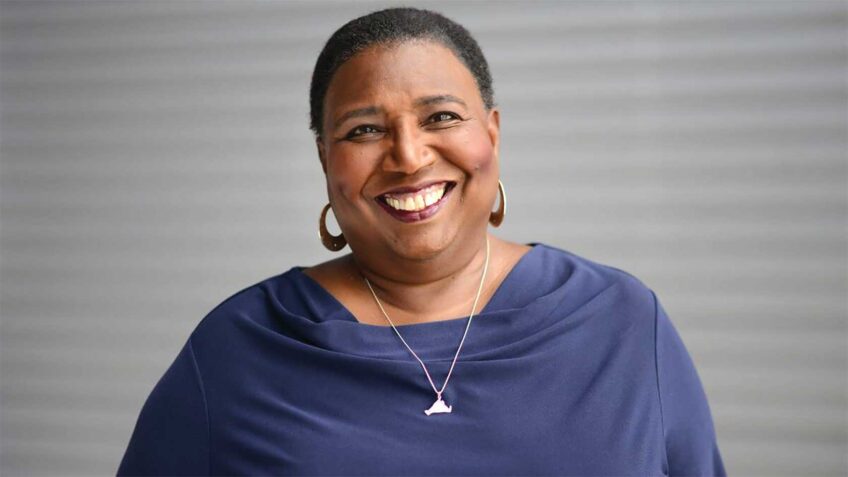Is green going to be the new black?
Activists see Blacks playing a role in Massachusetts’ green economy

When Boston officials tried siting a waste-to-energy plant 30 years ago, they chose a site on the edge of the Cape Verdean community in Dorchester.
A generation earlier, state planners seeking traffic congestion relief drew a new route for I-95 straight through Roxbury, sparking outrage and protest.
Despite dodging those environmental disasters, communities of color in Boston still host waste transfer stations, storage yards and power facilities — infrastructure scarcely found in white neighborhoods.
Meanwhile, on the upside of environmental and climate-change planning, most of the benefits are flowing to privileged communities, like access to solar power for middle-class homeowners, protection from rising sea levels in the upscale Seaport District and the Green Line extension into the hamlets north of Somerville.
You don’t have to be a bus rider on Blue Hill Avenue or Washington Street — the busiest diesel-powered transit corridors in the region — to know that our environmental landscape is out of social balance.
Broader recognition of the tilted environmental playing field has led to a growing consensus to share the benefits of addressing climate change with low-income neighborhoods and communities of color — populations that have historically been sidelined in decisions about energy, the environment and climate change.
Over the last few weeks, energy executives, grassroots activists and advocates have met in diverse settings to discuss bringing Black and brown communities into conversations about greening our economic future and to end the practice of routinely siting environmental disaster zones in minority neighborhoods.
“How do we create jobs in the green space?” asked energy expert Kerry Bowie during a “Green Is the New Black” panel at last week’s packed “How To Boston While Black Summit” organized by media and connector entrepreneur Sheena Collier. “Money and jobs are coming, but we often miss out.”
Bowie, who came to Boston from Alabama to study engineering at MIT, heads the Browning the Green Space coalition to advance diversity, equity and inclusion in clean energy.
Taking advantage of thousands of new jobs, contracts and green-energy opportunities requires aligning education in high schools and community colleges with the renewable energy push and emphasizing STEM in minority classrooms, said Bowie.
Dana Rebeiro, a community liaison from New Bedford with the massive Vineyard Wind project, said the 800-megawatt array — composed of 62 giant turbines located 15 miles offshore — offers a once-in-a-generation opportunity to get in on the ground floor of a new industry.
“I’ve seen people with so much talent, but with so little chance to use it,” said Rebeiro, a former New Bedford city councilor and the daughter of the founder and president of the city’s Black Panther Party chapter. “It’s a real mission for me to make sure our community participates in this project.”
A few days before the summit, top energy executives from Boston addressed the issue of social equity during a Boston Business Journal “Future of Energy” discussion in the Seaport.
While pondering the deployment of clean energy innovations — from solar power to battery storage to microgrids, electric vehicles and green-sourced natural gas — panelists paused to note the lack of diversity in the ballroom audience as a warning sign that more must be done to bring color to the future of green.
George Sakellaris, the CEO of the multi-billion dollar firm Ameresco, said his company trains public housing tenants across the country in energy-efficiency work when Ameresco performs energy upgrades in developments.
“We train tenants to install and maintain solar arrays,” said Sakellaris of his Natick-based firm.
With 140 million buildings in the U.S. accounting for one-third of the nation’s carbon emissions, millions of workers are needed to cut greenhouse gas emissions from commercial, retail and residential structures in order to reach the goal of carbon-neutral by 2050.
Alicia Barton, president of FirstLight Power, which owns and operates hydroelectric, energy storage and solar power facilities in New England, said intentional leadership is critical in making sure communities of color are part of the solution.
“If we want the outcomes to change, we have to fund access to clean energy in disadvantaged communities,” she said. “Some people think we can get there without paying for it. The fact is that we have to have a fair and affordable transition to a clean energy future for everyone.”
Barton cited the placement of charging stations in minority neighborhoods and expanding access to electric air-sourced heat pumps as opening initiatives to bring the advantages of green energy to underserved communities.
Former Somerville Mayor Joe Curtatone, now the president of the New England Clean Energy Center, said he grew up in the blue-collar city hemmed in by highways and laced with electrical substations and state storage yards.
“I know what it’s like to be passed over and dumped on,” he said. “Communities of color should expect and should demand from those of us who are not close to the pain that they have more than just a seat at the table. Equity doesn’t mean equal. It means tilting the table in terms of climate economy jobs, green energy projects.”
The former mayor cited the Biden administration’s “Environmental Justice 40” initiative developed in the $1.2 trillion bipartisan infrastructure bill as an avenue for reaping billions in funding for projects, hiring and contracts in marginalized communities.
“There’s an unprecedented commitment to making sure 40% of the benefits of this spending goes to underserved populations,” said Curtatone. “We need to make sure that we’re training the workforce of the future now.”
At the Back Bay summit, Bowie said spreading environmental justice can be achieved by something as simple as increasing shade cover in the concrete and asphalt neighborhoods where most people of color live.
But, added Nicole Obi, president of the Black Economic Council of Massachusetts, it will have to mean much more.
“We have a long way to go to make our neighborhoods both healthier and wealthier,” she said. “Black-owned businesses are already in a position for contracts within the green economy. This is just the start.”






